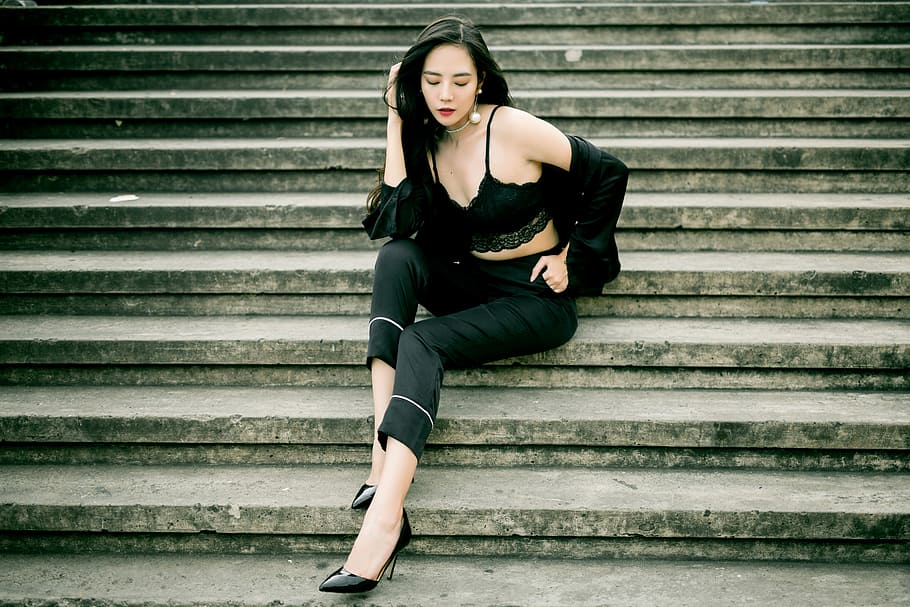Fashion lovers all around the world often experience the dilemma of wanting to mix and match high-end designer pieces with more affordable, everyday wear. Getting the perfect blend of high and low fashion in street style outfits is an art form in itself – it takes careful consideration and creativity to pull it off. The objective is to create a well-balanced, visually appealing outfit that combines the best of both worlds. Achieving this balance is not only achievable, but it’s also the key to making your personal style pop.
Let us first understand the meaning of low-fashion and high-fashion.
Low-Fashion Meaning and It’s Significance
Low fashion, also known as affordable or fast fashion, refers to clothing and accessories that are mass-produced and available at lower price points compared to high-end designer fashion. It encompasses a wide range of brands and retailers that offer trendy, inexpensive clothing options to consumers.
Low fashion emerged as a response to the demand for affordable and accessible clothing. It is characterized by its ability to quickly replicate the latest runway trends and make them available to the general public at a fraction of the cost. Low fashion brands often prioritize efficiency in production, offering affordable alternatives to high-end luxury items.

One of the key aspects of low fashion is its fast-paced nature. Low fashion brands are known for their ability to quickly produce new collections and respond to changing trends in the fashion industry. This allows consumers to stay up-to-date with the latest styles without breaking the bank. However, this fast-fashion model has raised concerns about its impact on the environment and the exploitation of labor in some manufacturing processes.
Low fashion also plays a significant role in democratizing fashion. It allows individuals from different socioeconomic backgrounds to participate in the ever-changing world of style and self-expression. By offering affordable options, low fashion enables people to experiment with their personal style, mix and match different pieces, and create unique looks.

Another important aspect of low fashion is its accessibility. Low fashion brands are often found in malls, online marketplaces, and other retail outlets, making them easily accessible to a wide range of consumers. This accessibility allows individuals to experiment with their style, express their creativity, and develop their fashion sense without significant financial barriers.
While low fashion is often associated with affordable price points, it is important to note that not all inexpensive clothing falls under this category. Low fashion specifically refers to brands that prioritize mass production and quick turnover of products. These brands often sacrifice quality and craftsmanship in favor of affordability.
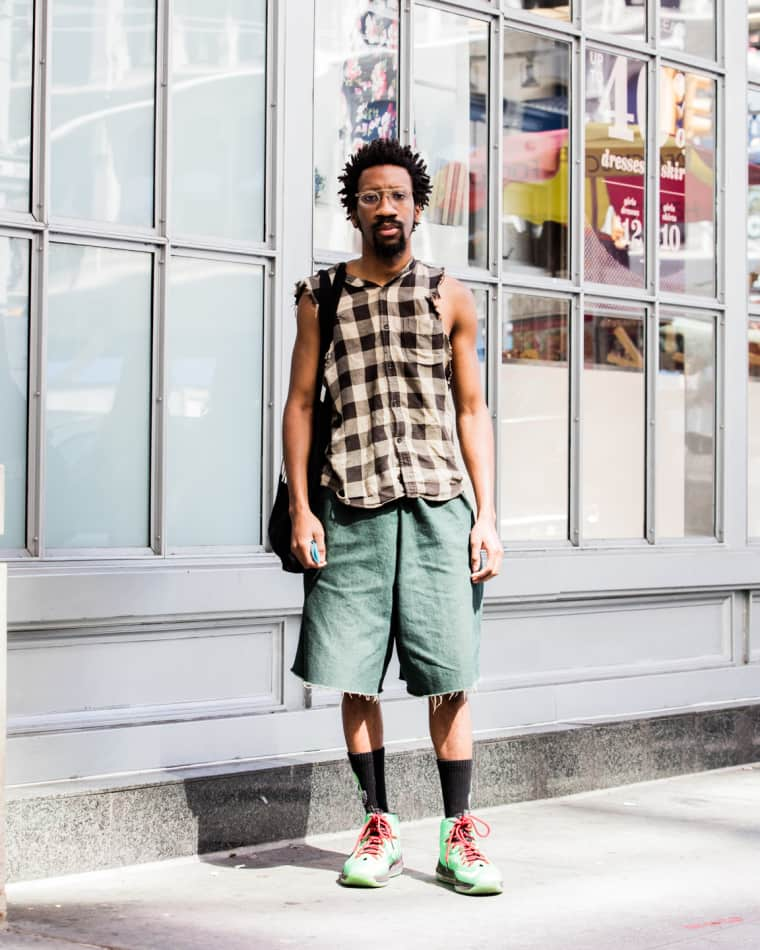
In recent years, there has been a growing awareness about the environmental and ethical implications of low fashion. The increased consumption of fast fashion has contributed to issues such as textile waste, pollution, and poor working conditions in some factories. As a result, there has been a rise in sustainable and ethical fashion movements that advocate for responsible consumption and production practices.
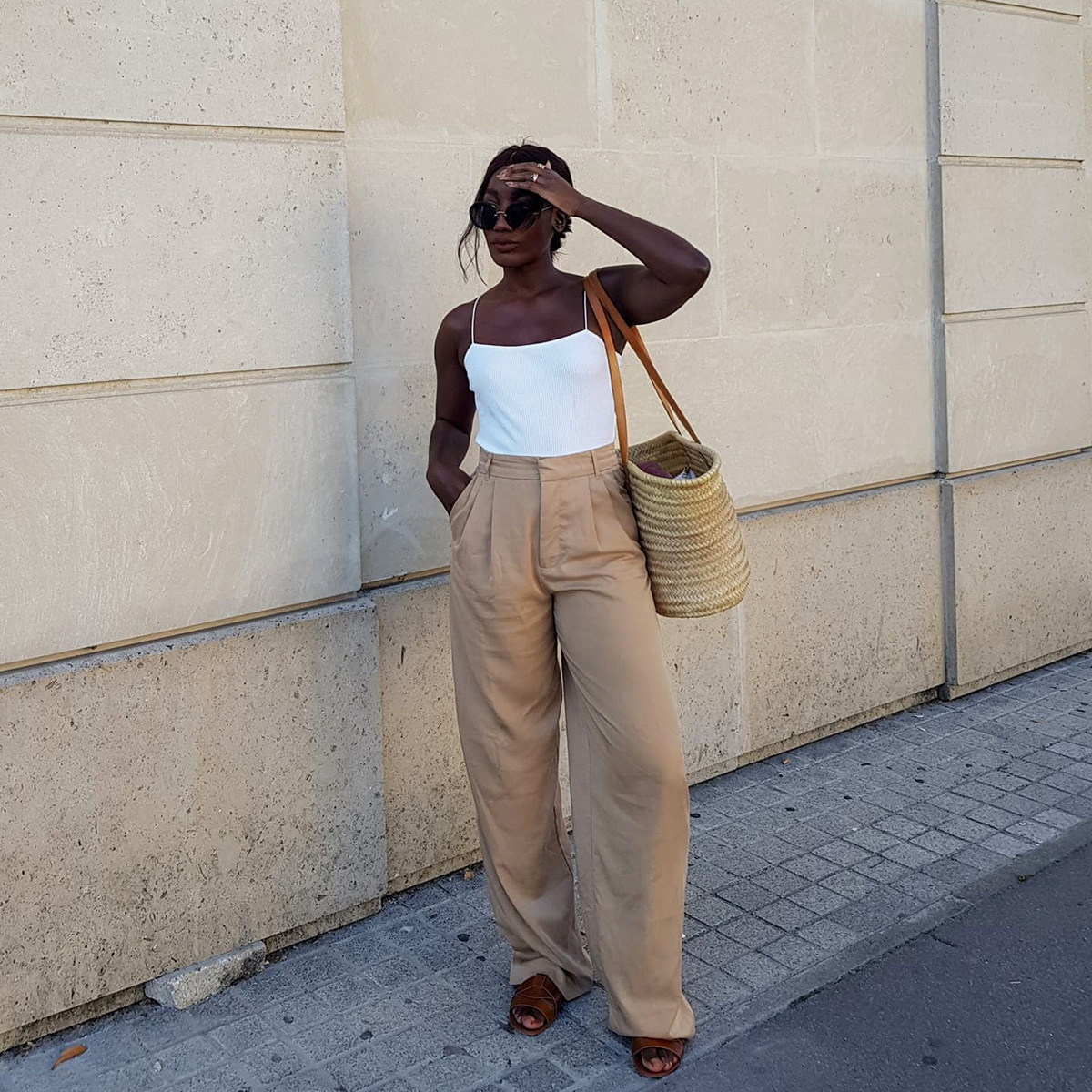
In conclusion, low fashion refers to affordable clothing and accessories that are mass-produced and readily available to consumers. It offers a wide range of trendy options at lower price points, allowing individuals to experiment with their personal style and keep up with current fashion trends. However, it is important to consider the environmental and ethical implications associated with this fast-fashion model.
High-Fashion Meaning and It’s Significance
High fashion, also known as luxury or haute couture, refers to designer clothing and accessories that are created by renowned fashion houses and designers. It represents the pinnacle of craftsmanship, creativity, and exclusivity in the fashion industry.
High fashion is characterized by its exceptional quality, attention to detail, and innovative designs. It is often associated with prestigious fashion houses such as Chanel, Gucci, Dior, and Versace, among others. These brands are known for their iconic pieces, runway shows, and influence on the fashion world.

One of the defining characteristics of high fashion is its limited availability. High-end designer pieces are produced in small quantities, making them highly exclusive and sought after by fashion enthusiasts and collectors. The craftsmanship and meticulous attention to detail that goes into creating high fashion garments contribute to their elevated price points.
High fashion garments are typically handcrafted using luxurious materials such as silk, cashmere, and fine leather. These materials are carefully selected for their quality and aesthetic appeal, ensuring that the final product is luxurious and visually stunning. High fashion designers often collaborate with artisans and skilled craftsmen to bring their creative visions to life.
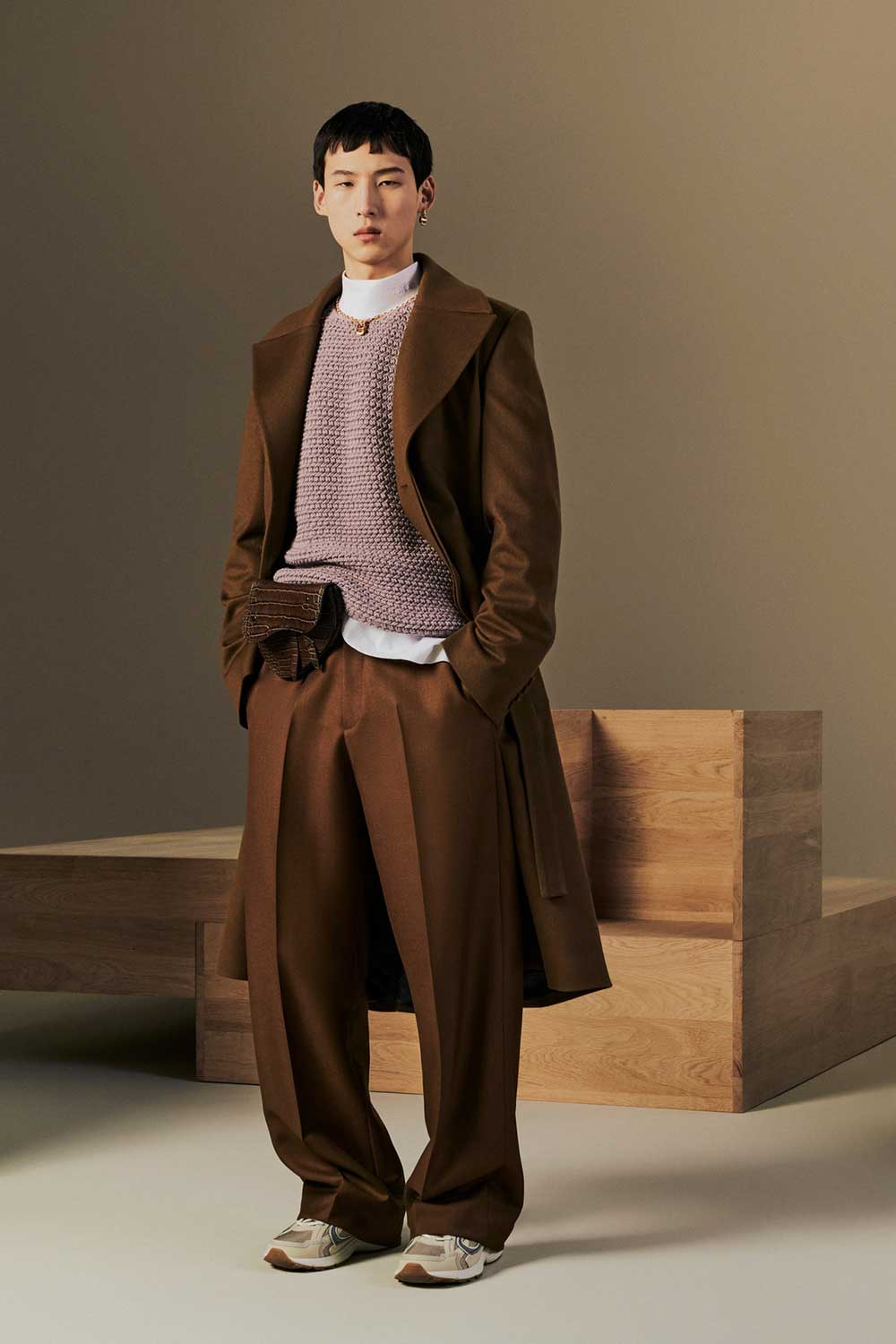
High fashion is not solely about creating functional clothing; it is about pushing boundaries and redefining the concept of fashion. Designers in the high fashion industry use their collections as a platform for artistic expression and storytelling. They experiment with avant-garde designs, unconventional silhouettes, and innovative techniques to challenge traditional notions of style.
Another important aspect of high fashion is its influence on mainstream fashion trends. Many of the trends that emerge from high fashion runways eventually trickle down to mass-market brands and become more accessible to the general public. High fashion designers set the tone for each season’s trends, inspiring other designers, retailers, and consumers alike.
High fashion is also deeply rooted in history and tradition. Some fashion houses have a rich heritage that spans decades or even centuries. They often draw inspiration from their own archives and iconic designs, reinventing them for the modern era. This blend of tradition and innovation creates a unique blend of timeless elegance and contemporary flair in high fashion.
In recent years, there has been a growing emphasis on sustainability and ethical practices in the high fashion industry. Some luxury brands have taken steps to incorporate more sustainable materials and production methods into their collections. Additionally, there is a growing demand for transparency in the supply chain to ensure fair labor practices and minimize environmental impact.

In conclusion, high fashion represents the epitome of creativity, craftsmanship, and exclusivity in the fashion industry. It is characterized by its exceptional quality, limited availability, and innovative designs. High fashion designers push the boundaries of style, inspire trends, and showcase their artistic visions through their collections. While high fashion is often associated with luxury and prestige, there is an increasing focus on sustainability and ethical practices within the industry.
Low-Fashion vs High-Fashion
| Low Fashion | High Fashion | |
|---|---|---|
| Definition | Affordable, mass-produced clothing and accessories | Exclusive, designer clothing and accessories |
| Price Range | Lower price points, accessible to a wide range of consumers | Higher price points, limited availability |
| Quality | Often sacrifices quality for affordability | Exceptional craftsmanship and attention to detail |
| Materials | Frequently uses inexpensive materials | Utilizes luxurious fabrics and materials |
| Design Innovation | Replicates runway trends quickly | Pushes boundaries and redefines fashion |
| Accessibility | Widely available in malls and online marketplaces | Limited availability, exclusive boutiques |
| Influence on Trends | Reflects current fashion trends | Sets trends and influences mainstream fashion |
| Sustainability | Often associated with fast fashion and its environmental impact | Increasing focus on sustainability and ethical practices |
| Artistic Expression | Primarily focuses on mass production | Emphasizes creativity and storytelling |
| Historical Significance | Less emphasis on heritage and tradition | Rich heritage and draws inspiration from archives |
Please note that this is a general comparison, and there may be variations within the low fashion and high fashion segments.
Key Facts About High & Low Fashion Industry
| Industry Facts |
|---|
| The global apparel market is projected to reach a value of $2.5 trillion by 2035. |
| Fast fashion brands produce approximately 52 micro-seasons per year, releasing new collections almost every week. |
| The fashion industry is responsible for around 10% of global carbon emissions, making it one of the most polluting industries worldwide. |
| Luxury fashion brands contribute to approximately 5% of the global fashion market but generate around 60% of its revenue. |
| The top three luxury fashion brands, Louis Vuitton, Chanel, and Gucci, accounted for over 20% of the global luxury goods market in 2019. |
| High fashion garments can cost anywhere from a few hundred dollars to several thousand dollars, depending on the brand and design. |
| Low fashion brands often employ fast fashion production methods, resulting in a high turnover rate of clothing and contributing to textile waste. |
| High fashion designers often collaborate with celebrities and influencers for brand endorsements and product collaborations. |
| The luxury resale market has been growing rapidly, with online platforms such as The RealReal and Vestiaire Collective gaining popularity. |
| Sustainable fashion initiatives are gaining traction, with more brands incorporating eco-friendly materials and ethical practices into their collections. |
Please note that these facts are based on general industry trends and may vary over time.
Mixing High-Fashion & Low-Fashion
One of the most significant advantages of mixing high and low fashion is the freedom it provides. Gone are the days when you have to stick to a dress code or a specific style. The unparalleled freedom of mix and matching allows individuals to tailor their outfits by colour, texture, and style. You can play around with the cuts and the silhouettes of different pieces to create a unique style that is all your own. You can even mix different fashion eras, fusing the classic with the modern for a fresh take on fashion.

The art of mixing high and low fashion is all about achieving balance. For instance, you may opt for an affordable high street top and pair it with luxury statement shoes, or vice versa. Mixing a classic designer piece with trendy streetwear creates an eye-catching outfit that demands attention. Having a careful eye for detail and understanding your personal style are essential elements in creating a well-balanced, cohesive look. This is the art of blending high and low fashion – creating something visually intriguing, refined and at the same time, relaxed.
Another great thing about mixing high and low fashion is that it keeps you grounded in reality while staying true to your love of fashion. Mixing luxury pieces with more affordable everyday wear is a great way to create a balance between dressing for the present and investing in the future. We all love designer wear, but let’s face it, it can be expensive. Using affordable pieces with high-end designer wear allows you to stretch your wardrobe budget and invest in those higher-quality pieces you’ve always wanted.
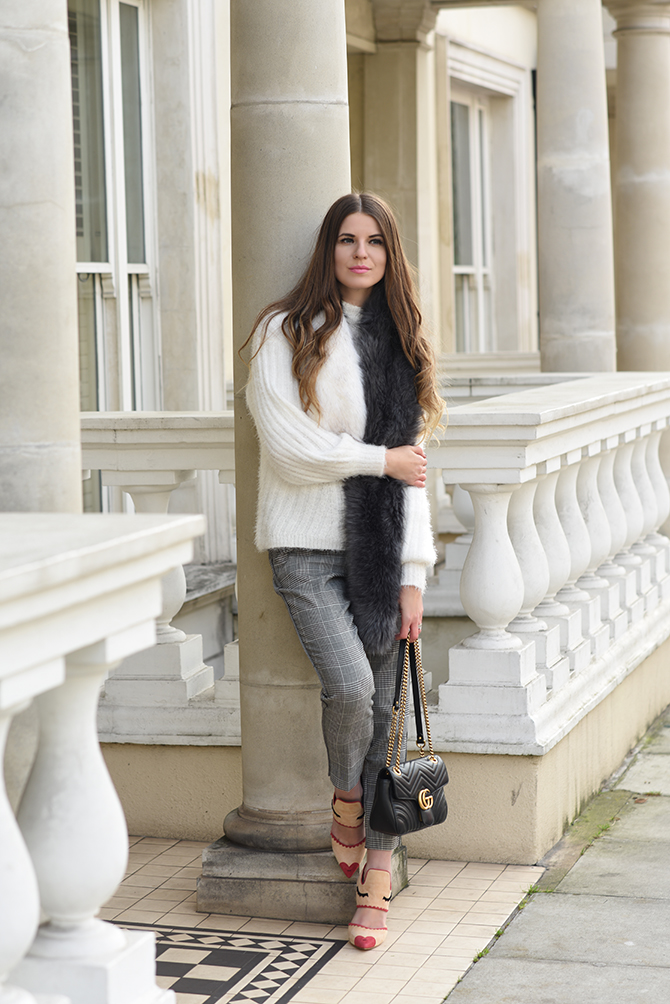
Mixing high fashion and streetwear is the definition of high-low fashion. A trend that has been around for decades, high-low fashion involves combining the average with the exceptional. For instance, pairing a designer suit with white sneakers or expensive sneakers with a vintage t-shirt can add an interesting element of surprise to an everyday outfit. The key with any high-low fashion is confidence. When you’re sure about your personal style and are comfortable with your choices, others naturally gravitate towards your fashion sense.
In conclusion, the art of combining high-end luxury pieces with affordable everyday wear and street style is a never-ending exploration. The key is to get creative with fashion and let your personal style shine, unrestricted by conventional fashion rules. Mixing high and low fashion provides endless possibilities for creating stunning street style looks that are both affordable and chic. Whether it’s combining a classic designer piece with a trendy streetwear staple or mixing and matching various fashion eras, you can always rely on high-low fashion to make a statement. Who knows, you could be on your way to becoming the next street style icon!

Street style is a constantly evolving concept made famous by fashion bloggers and influencers who have perfected the art of mixing high-end and low-end pieces. The key to street style is not to stick to one designer or brand, but rather to mix-and-match different styles, textures, and colors to create a unique and effortlessly cool look. Mixing high and low fashion is not only budget-friendly, but it also adds creativity and depth to your wardrobe. Here are some tips on how to master the art of mixing high and low fashion in street style.
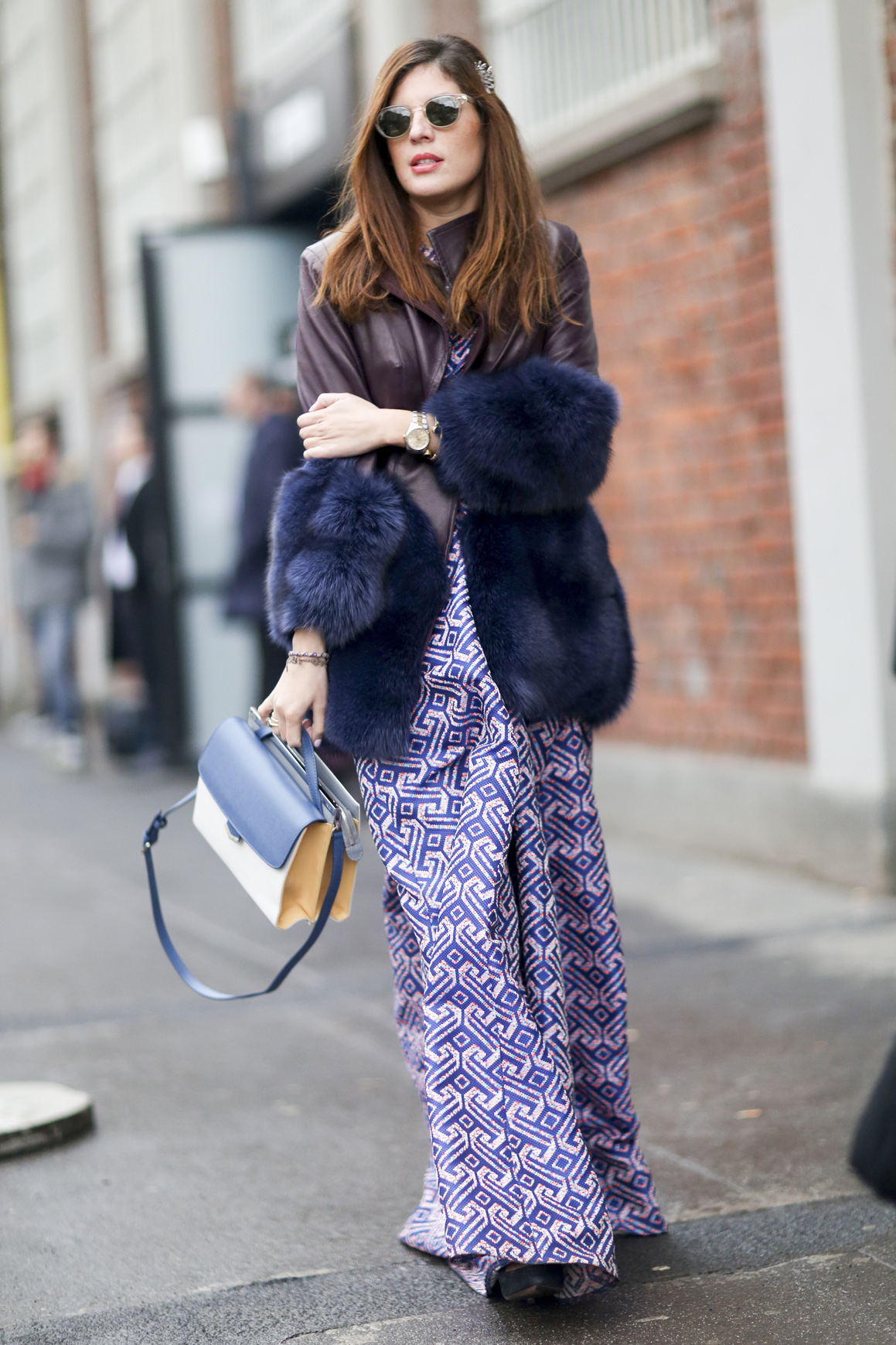
First, focus on the quality of the pieces you choose. Invest in high-quality, timeless items such as a leather jacket, trench coat, or pair of denim jeans. These pieces will last you for years and can be easily paired with less expensive items such as a graphic t-shirt or sneakers. When shopping for low-cost items, look for pieces that have a similar color or texture to your higher-end items. This will create a cohesive and polished look. Another tip is to mix textures and prints. Pair a silky blouse with distressed denim and combat boots or a sequin skirt with a graphic tee and sneakers. The possibilities are endless, and the results are always unique and stylish.
Accessorizing to Elevate Your Look
Accessories can be a great way to elevate your mix-and-match street style outfits. If you’re wearing inexpensive clothes, adding expensive accessories such as a statement bag or designer sunglasses can instantly elevate your look. Similarly, wearing less expensive accessories such as costume jewelry or a cute beanie with a designer coat can create a fun and quirky vibe. Experiment with different accessories, and find what works for you.
Another way to mix high and low fashion is to visit consignment shops, vintage stores or online marketplaces. These places often have unique items that are difficult to find in regular stores. Not only are you getting a one-of-a-kind piece, but you’re often getting it at a fraction of the cost of a brand new item. When shopping, look for classics such as a vintage leather jacket or a high-end designer bag that you can add to your wardrobe for years to come.
Finding Inspiration
If you’re feeling stuck or uninspired, don’t worry – there are plenty of places to find inspiration for your street style looks. Instagram is an excellent source for fashion inspiration. Follow fashion bloggers and influencers who mix high and low fashion, and start taking notes on how they style their outfits. Additionally, fashion magazines and even street style photography can be great sources of inspiration. Flip through the pages of Vogue or check out The Sartorialist to see how top fashionistas are mixing high and low fashion. Remember, the key is to experiment, be creative, and have fun.
Mixing High and Low Fashion for Special Events
Mixing high and low fashion doesn’t have to be limited to street style. You can also apply this concept to special events such as weddings, holiday parties, or galas. For example, you could pair an inexpensive cocktail dress with a statement necklace or a pair of expensive heels. Alternatively, you could wear a vintage fur coat with a formal dress. Mixing high and low fashion is a great way to stand out from the crowd and create a unique look for any occasion.
The Importance of Comfort
When experimenting with different styles, it’s essential to prioritize comfort. Street style is all about feeling confident and comfortable in your clothes. If you’re uncomfortable, it will show in your body language and overall demeanor. So, when shopping for items to mix and match, prioritize comfort first. Make sure the clothes and shoes you buy fit well and are easy to wear. If you’re not comfortable, it will be hard to pull off that effortless street style look.
Conclusion
Mixing high and low fashion in street style is all about experimenting, having fun, and finding your unique style. Whether you’re mixing textures, prints, or accessories, the possibilities are endless. Remember to prioritize comfort, focus on the quality of the items you choose, and find inspiration from fashion bloggers and influencers. By following these tips, you’ll be able to master the art of mixing high and low fashion and create a unique and effortless street style look.
Summary
Mixing high-end designer pieces with affordable, everyday wear and street style is an art that takes careful consideration and creativity. Achieving a well-balanced, visually appealing outfit that combines the best of both worlds is key to making your personal style pop. The significant advantage of mixing high and low fashion is the freedom it provides, allowing individuals to tailor their outfits by color, texture, and style. Mixing a classic designer piece with trendy streetwear creates an eye-catching outfit that keeps you grounded in reality while staying true to your love of fashion. Confidence in personal style is key to pulling off any high-low look successfully.

FAQ
What is the art of mixing high and low fashion in street style?
The art of mixing high and low fashion in street style involves combining pieces from high-end fashion brands with more affordable, accessible fashion pieces to create a unique and stylish look. This approach to fashion allows individuals to embrace trends and create personal style expressions without breaking the bank.
By incorporating pieces from high-end fashion brands into a street style look, one can elevate the overall aesthetic and create a unique and striking look. Additionally, using low-cost items to complement high-end pieces can create a balanced, cohesive outfit that exudes confidence and individuality.
What are some tips for combining high and low fashion in street style?
When combining high and low fashion in street style, it’s essential to consider the overall aesthetics and balance of the outfit. For example, pairing a designer handbag with a thrifted vintage denim jacket can create a chic and effortless look.
Another tip for combining high and low fashion is to focus on essential high-end pieces, such as designer shoes or jackets, and build the outfit around them, making use of affordable pieces to complement the expensive item. This approach can elevate the overall look while maintaining a balanced outfit. It’s also essential to experiment with colors, textures, and patterns when mixing high and low fashion to create a unique and fashionable street style look.
Can I mix vintage pieces with high-end designer items?
Absolutely! Mixing vintage pieces with high-end designer items is an excellent way to create a stylish and unique look. Vintage pieces can add character and personality to an outfit, while high-end designer items can provide a modern and sleek touch.
When incorporating vintage pieces, it’s essential to consider the era’s aesthetic and balance the outfit accordingly to prevent it from looking outdated. High-end designer pieces, on the other hand, bring a modern and contemporary touch that contrasts nicely with vintage pieces. In summary, mixing vintage and high-end designer items can create a stylish, personalized look that exudes confidence and individuality.
Do I need to spend a lot of money to mix high and low fashion in street style?
Mixing high and low fashion in street style is all about finding a balance between high-end and affordable fashion pieces. While high-end designer items can be expensive, there are ways to incorporate them into a street style look without breaking the bank.
For example, investing in timeless, essential high-end pieces like a classic pair of designer shoes or a luxury handbag can elevate an outfit’s entire aesthetic, while pairing them with affordable items to create a balanced and fashionable look. Additionally, swapping designer items for affordable alternatives or purchasing pre-owned designer items can also be a more cost-effective strategy. Mixing high and low fashion in street style is about creativity, experimenting with different pieces, and creating a personalized and stylish look that suits your budget and individual style.

